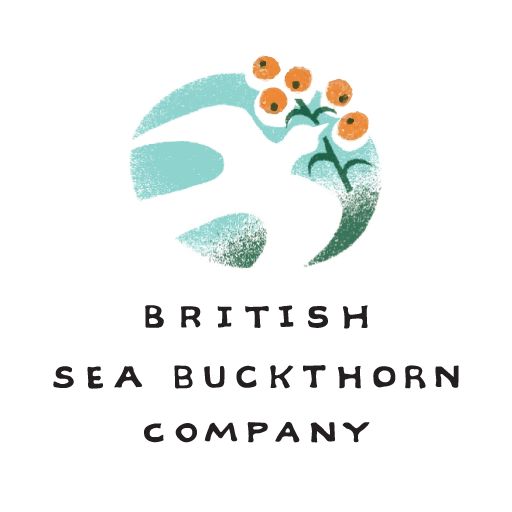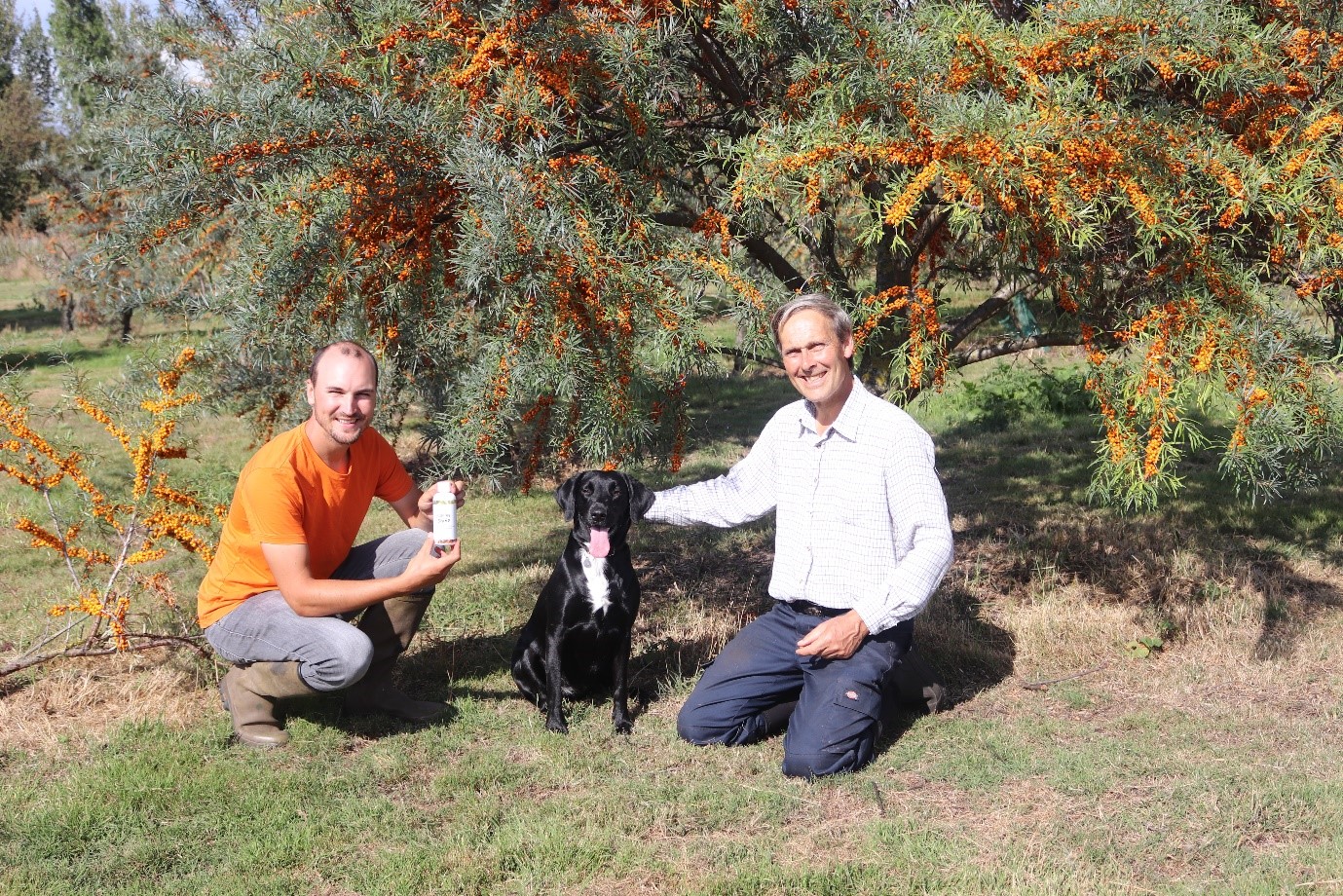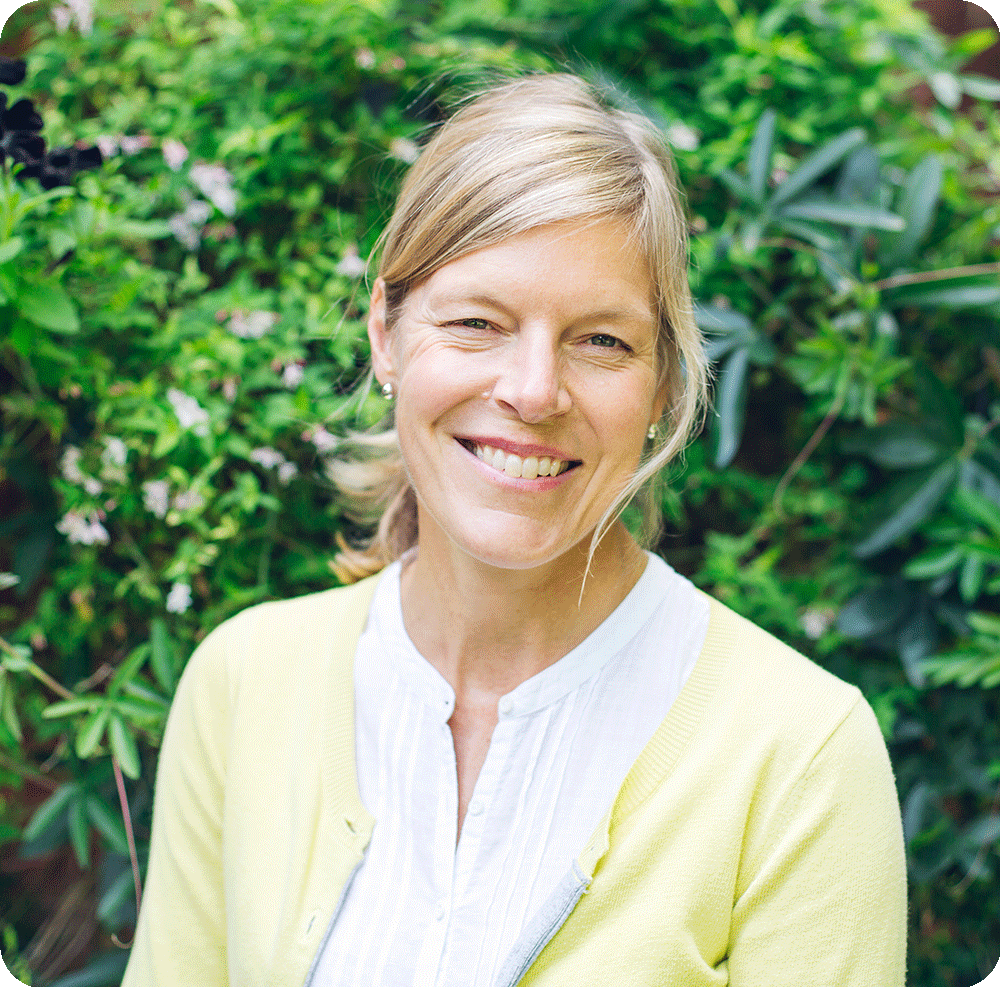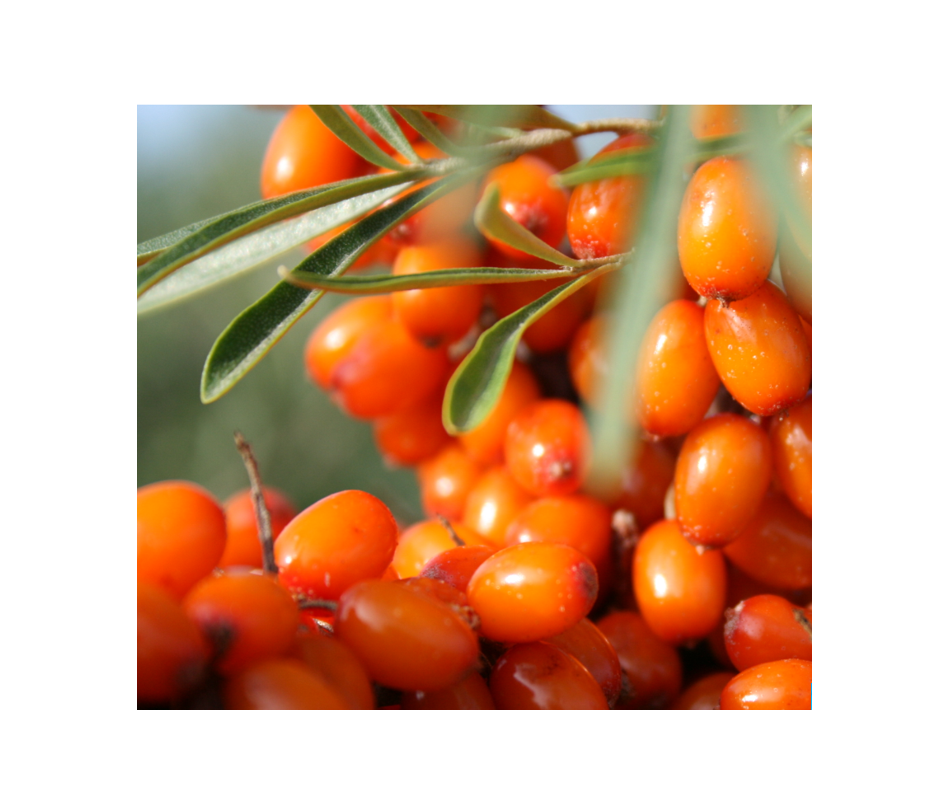Latest post by BSC’s registered nutritionist, Dr Lucy Williamson
At this time of year in the UK our immune systems are really in need of a boost. Starved of sunlight hours over the winter and more time spent indoors means we really need to choose foods which help us to develop a strong immune system. I had planned this blog on Vitamin C for exactly that reason… not knowing that 2020 would also bring along COVID-19, a new Coronavirus.
In his last blog post, David, Director at British Sea Buckthorn, mentions the importance of food for our overall health but also our Gut Health. As a Registered Nutritionist with a keen interest in gut health and with a family of my own to keep as healthy as I can over the winter, I feel well qualified to really shout out about a daily dose of British Sea Buckthorn to help keep the bugs at bay! And, David is quite right in saying “The concept (of gut health) is of such importance that it is becoming a subject we all need to understand”
So, in addition to focussing on Vitamin C for the second in this blog series, I’m also going to give the 101 on Gut bacteria for immune health, helping our immune systems be the best they can be.
Vitamin C – Our immune system, bones, skin & hair, blood vessels, teeth and nervous system are all dependent on it for their normal functioning and each cell in our body requires it to convert our fat stores into energy. We can’t build up stores of Vitamin C and unlike animals and plants, we’ve lost the ability to make our own. So, we’re totally dependent on our food to provide this water-soluble vitamin.
So why is Vitamin C needed by so many systems in our body?
Its properties are based on its ability to assist in many chemical reactions essential in our metabolism. It activates the enzymes required to make collagen – the basic building block of our skin, bones, teeth and hair. Enzyme activation by Vitamin C is also required to make hormones, particularly those which help us to respond to stress and to make neurotransmitters, the chemicals which send signals between nerve cells.
Vitamin C is well known for helping us resist infections like the common cold, but how?
Our immune system has a high demand for energy due to constant cell multiplication and their movement to wounds & cuts or to potential infection sites around the body. Vitamin C is pivotal here in providing this energy source through activating the enzyme, Carnitine, required in this process. Research has also demonstrated its essential role in enabling immune cells to kill bacteria and recover afterwards and also in the chemical signalling pathway which attracts immune system cells to the area in the body that needs them. In my last blog on Antioxidants I also mentioned how Vitamin C is required to make our own antioxidants to protect us against cell damage and therefore ensure our cells function correctly – especially important for the cells of our immune system.
100g of British Sea Buckthorn berries give 10 times the Vitamin C of an orange! Over the winter, I’ve been fuelling my family with British Sea Buckthorn smoothies made from the frozen berries. A zingy way to start the day!
The team at British Sea Buckthorn know that I’m passionate about Gut Health too.
How do our gut bacteria benefit our immune system?
British Sea Buckthorn is a source of Fibre – a type of carbohydrate that can’t be digested in the small intestine. Instead, it passes to the colon (large intestine) where it’s fermented by billions of gut bacteria to produce many compounds essential for our metabolism. Collectively, the genetic make-up of these bacteria is known as our ‘Microbiome’. With 150x our own genetic makeup, our microbiome is to be nurtured; in fact, our ratio of human cells to bacterial cells is 1:1 so we’re just as much bacteria as we are human! We now know these gut bacteria to be essential in the correct functioning of our immune system – over 80% of the cells which make up our immune system are located in the wall of our intestine. Gut bacteria here provide ‘exercise’ for our immune system cells, ensuring it develops correctly, almost working like a vaccine in fact. In 2016, The Scientific Advisory Committee on Nutrition (SACN), who report the findings of research studies to Public Health England, advised increasing the recommended intake of fibre for children (18g/day) and adults (30g/day), as a result of firm evidence for its health benefits, including its effect on our Microbiome. Sea Buckthorn is a good way to increase fibre intake.
Our gut bacteria also have an important role activating some of the antioxidants in British Sea Buckthorn, which as mentioned above, are also beneficial in boosting our immunity.
So, a daily dose of Sea Buckthorn certainly has the beneficial nutrients for a strong immune system. And, for anyone who missed the recent BBC episode of Countryfile, it’s also fabulous to know that by enjoying British Sea Buckthorn you’re also doing your bit for the environment by supporting their projects to enhance nature, biodiversity and wellbeing!
Next time – all you need to know about the products of Sea Buckthorn fibre fermentation by our gut bacteria, for our longer-term health and wellbeing.
References:
Sender, S., Fuschs, S., Milo, R (2016) Revised estimates for the number of human and bacteria cells in the body https://www.biorxiv.org/content/10.1101/036103v1
Valdes, A.M., Walter, J., Segal, F., Spector, T (2018) Role of the gut microbiota in nutrition and health British Medical Journal: 361 K2179
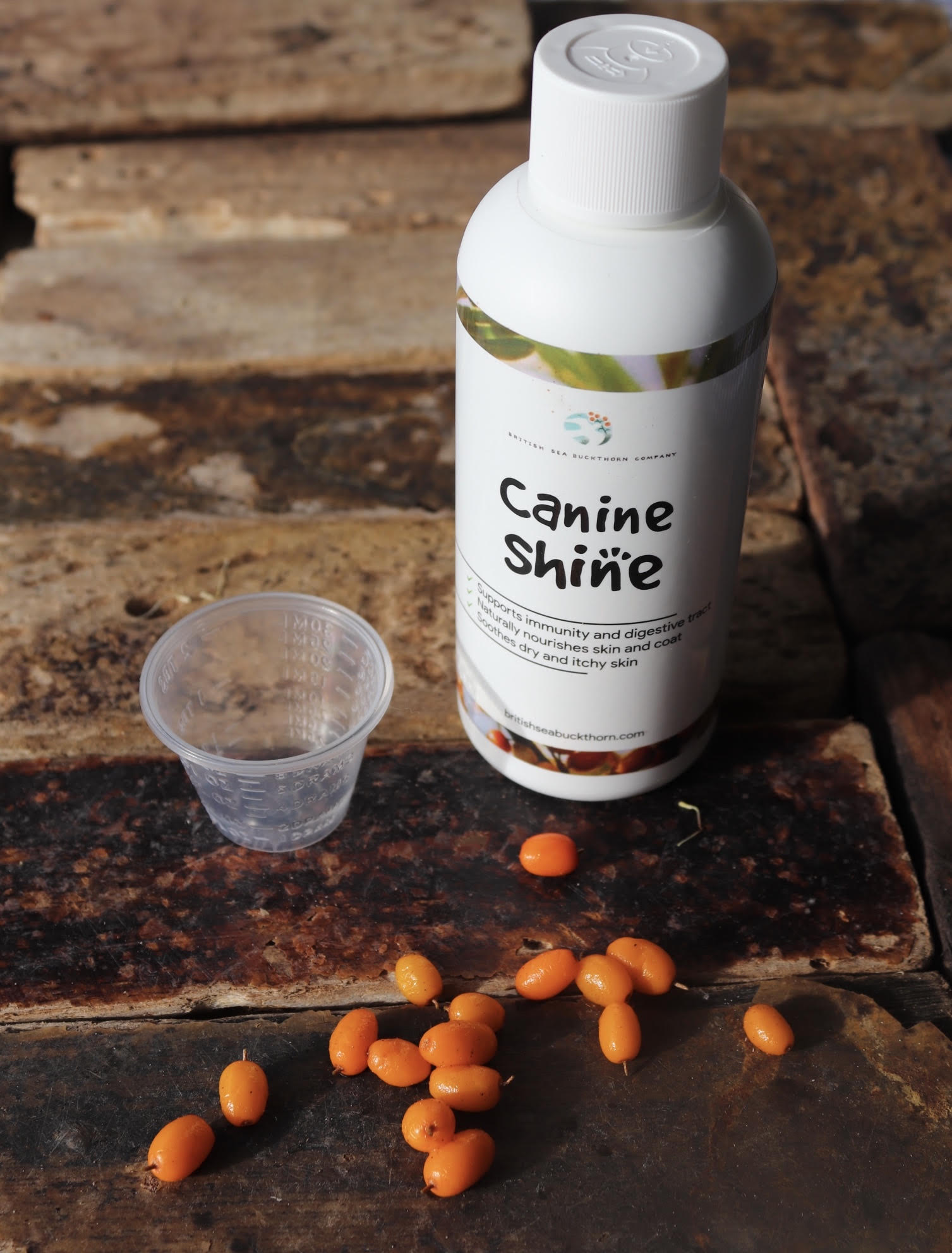 The Ancient Greeks named Seabuckthorn: ‘Hippophae’, which translates as ‘Shiny Horse’. We now know this is because it’s a rich source of many nutrients required in the every-day functioning of healthy skin.
The Ancient Greeks named Seabuckthorn: ‘Hippophae’, which translates as ‘Shiny Horse’. We now know this is because it’s a rich source of many nutrients required in the every-day functioning of healthy skin.